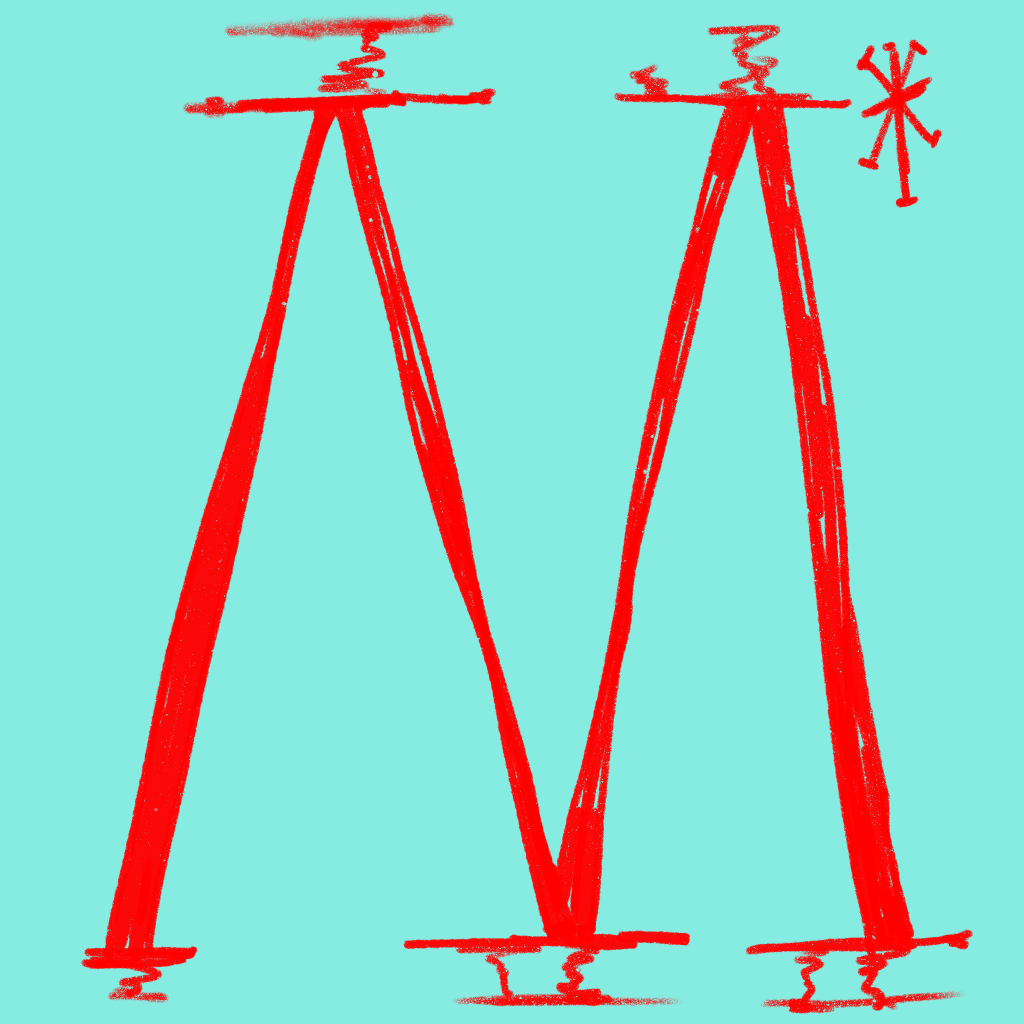Finally, it’s workshop day!
I prepared coffee and arrived early at the reserved study room. Based on the last-minute cancellations from the day before, today’s workshop feels more like a small study group.
Once everyone arrived, we began the discussion. During the conversation, a lot of very useful information came up, which was incredibly inspiring for me.
Process


key points
- In the funeral ceremony, during the cremation process, family members observe the cremation through a video monitor.
- The burning of paper offerings typically takes place in the morning before the main ceremony. Guests arrive early, and family members set out food offerings, with the ancestor’s spirit tablet placed at the front. After everyone is seated, an iron bucket is used for burning joss paper and other offerings.
- When I asked participants to draw or write the paper items they wanted to burn for deceased loved ones or to “deposit” in the Heaven and Earth Bank for themselves, I began reflecting on my earlier idea that, during the burning of paper offerings, fire acts like a counter where the deceased can collect what has been burned.
I then began having everyone role-play, imagining they were at a funeral scene. However, with the small group size, it was difficult to achieve the desired effect. Then my friend Geitian was entirely on the same page as me and immediately suggested, ‘Why don’t you role-play as the bank teller?’
I completely 100% agreed!!!! This aligned perfectly with my idea: Heaven and Earth Bank, the counter, the teller, and the people coming to burn offerings, where I would give a receipt after receiving the items they wished to burn. This was also the inspiration behind creating my poster.
It’s a new idea that connects back to my research question: breaking the rigid parts of Chinese funerals and introducing new, personalized elements. I always emphasize that I cannot change the traditional steps of the funeral ceremony, but by introducing the concept of the ‘Heaven and Earth Bank’ and role-playing as a bank teller, I encourage participants to think about what they would want to deposit in the bank for themselves or their deceased loved ones. This approach slightly steps outside the direct context and actual space of the funeral, yet remains deeply connected to it.
Everyone seemed more interested in the topic of what they would burn for themselves—since, indeed, this is a part which rarely happens at funerals or even rarely happens before funerals. So, they began drawing on paper, and one friend drew many items, almost as if listing things they’d need for life in the afterlife. This led us to define a scope: if you could deposit one item in the Heaven and Earth Bank every 10 years, what would you choose to deposit for yourself in your 20s?



I then suggested that we go to the rooftop to burn them.

During the workshop, there were also online participants. I listened to their thoughts and stories and recorded the items they wanted to burn for themselves after death.
